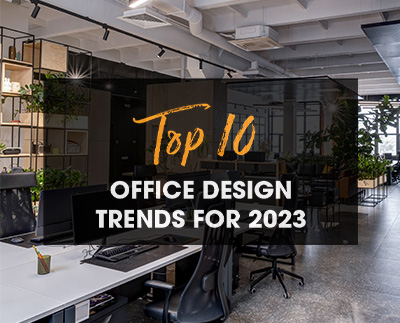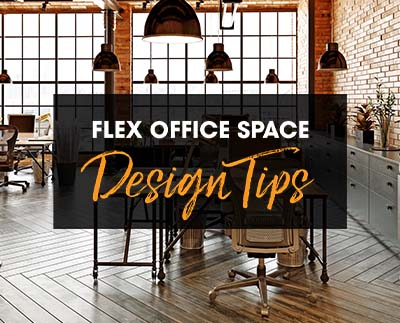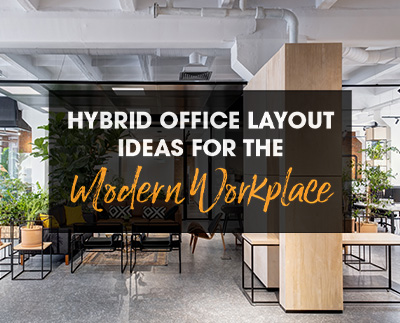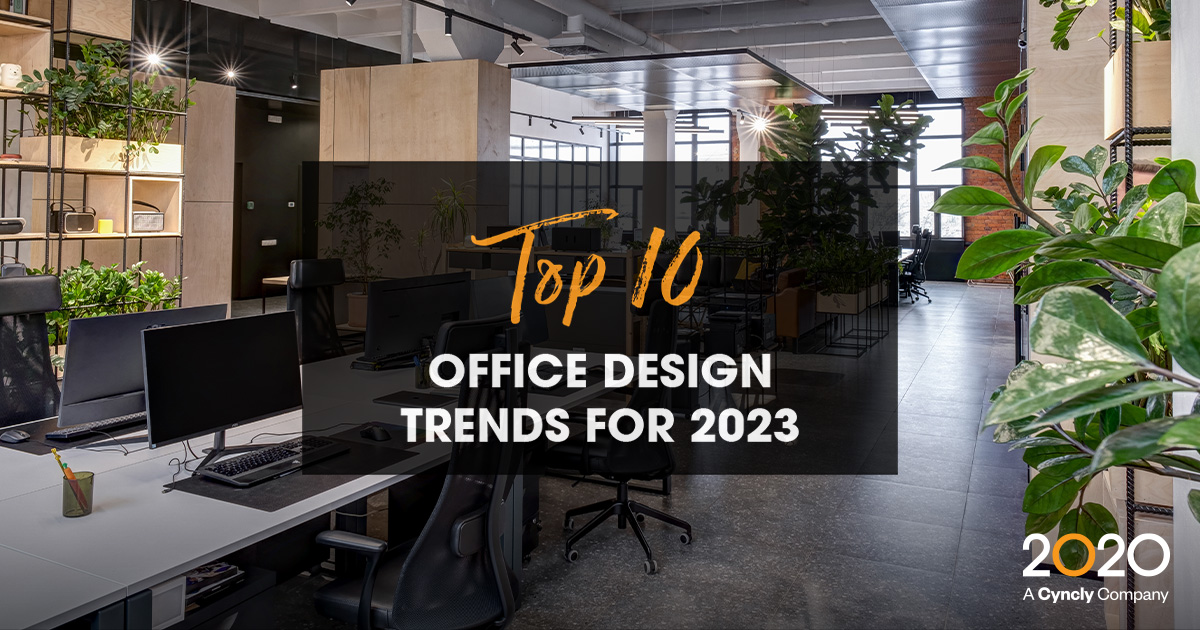
2020 Office
Whether you want to deliver the trendiest office designs to your commercial clients – from green walls to yoga studios – or something more traditional, 2020 Office is a complete office design software that not only makes floor planning easy, but gives designers the power to create functional office space with precise measurements and pricing for your corporate clients through its catalogs of real products.
Show your customers exactly what their vision can become with the most accurate renderings you can get. To experience all that 2020 Office has to offer, try our free trial now.
What is an office?
Only five years ago, the answer to this question would have been obvious enough to make the premise of asking it seem absurd. But in 2023? Well... not so much.
During pandemic lockdowns, work culture hit the fast-forward button on what was previously a gradual wind up toward remote work. The Great Resignation further empowered the labor force to prompt employers around the world to offer hybrid and remote work options to its employees.
All of this has added up to not only redefine what an office is, but force designers to rethink how workspaces should be imagined. With so many specific workplace preferences being catered to by employers, the one common theme that emerged from asking industry experts, reading industry reports and listening in on panel discussions about this year’s trends is that there is no common theme.
Commercial office designers should be prepared to offer unique and specific ideas that match the wants and needs of their specific clients more than ever in 2023. Here are 10 office design trends to inspire that process:
1. Adapt expressionism
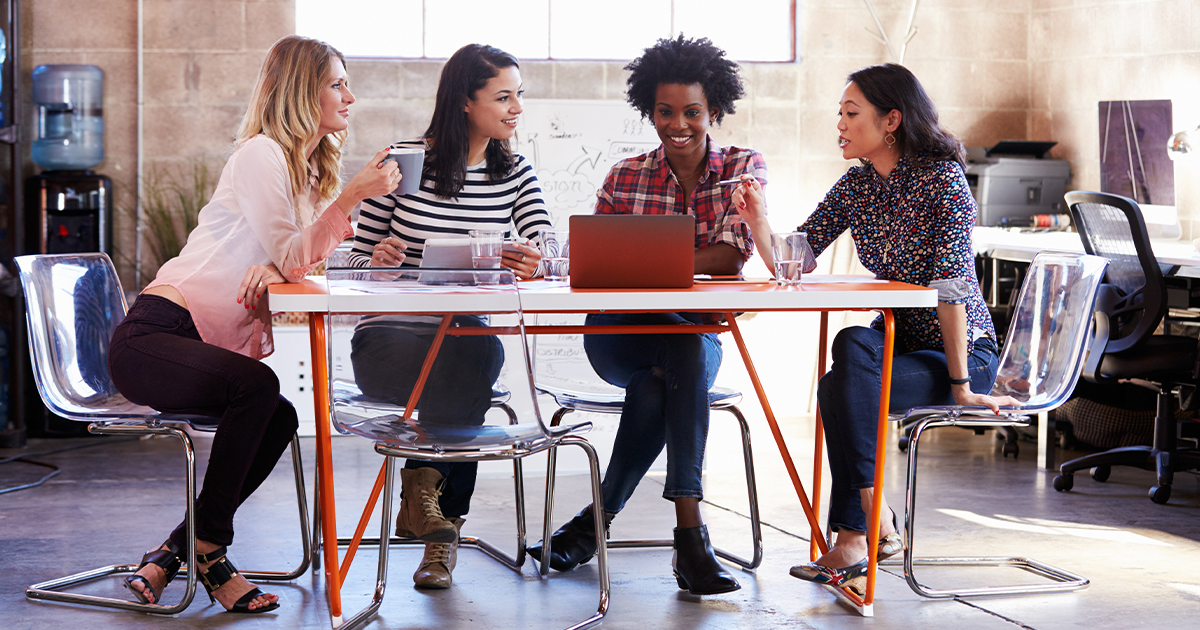
For employers looking to lure employees back to their office space, they’ll want to customize spaces and furniture to suit a wide variety of individuals. What does this mean for office designers? Be ready to make spaces that will easily adapt to different situations.
With so many offices converting to open concepts over the past decade, designers will want to set up pop-up private areas where breakout spaces used to exist. Think: partition walls, frosted glass pane dividers and even portable wooden booths. In terms of furniture, adaptable customization will take the form of more standing desks and adjustable table heights.
The key is to no longer think of hoteling as a worker potentially using a different desk every day, but rather inhabiting multiple spaces all within an eight-hour shift.
2. Whatever you do, don’t call it “resimercial”
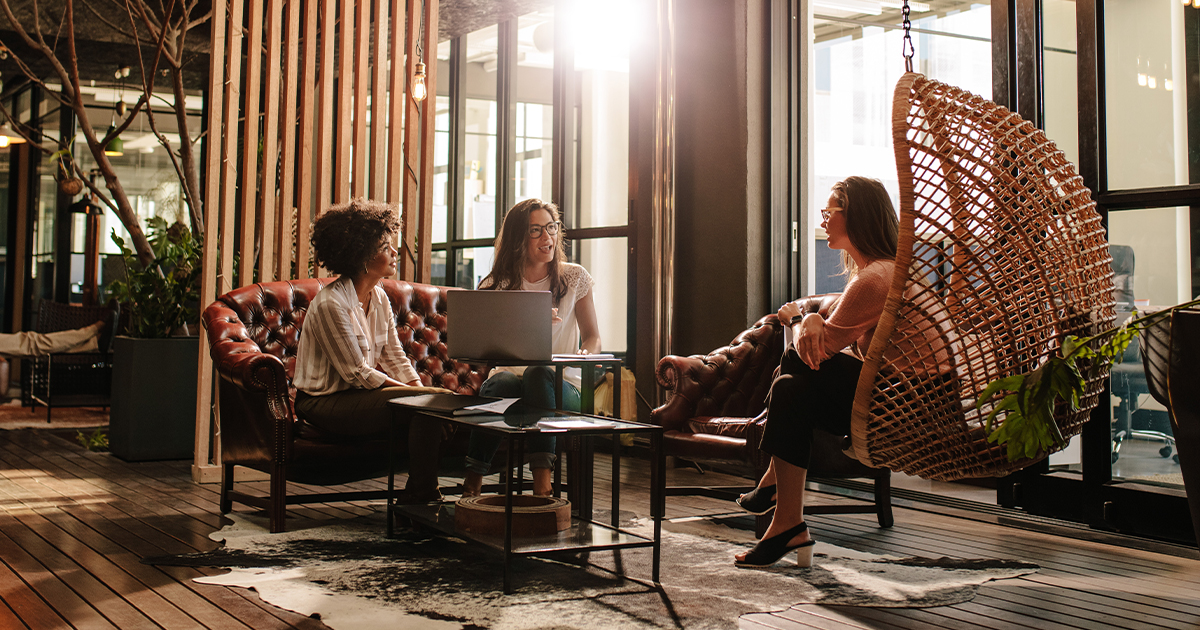
With the same motivation in mind, employers will want to soften the contrast between workplace and home. The term “resimercial” has been used (by some, but definitely not us) to describe the resulting combination of traditional residential and commercial spaces.
The practical application of this concept will see workplaces increasingly play host to comfortable, homey settings that feel more like a trendy living room than the typical breakout space or reception area.
All of this year's trends for home design will apply here: multiple textures, wooden surfaces, earthy tones and ambient light.
3. Beyond the blue box
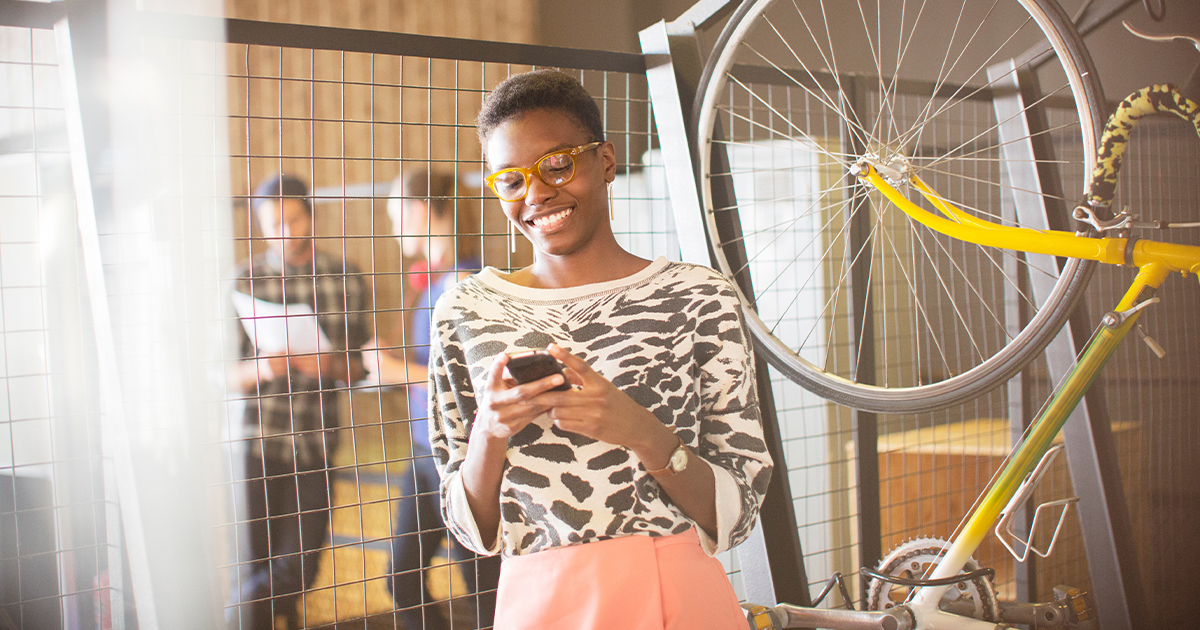
The benefits to being conscious of workplace sustainability are two-fold: 1) Employees expect their companies to make meaningful efforts to reduce its carbon footprint. Incorporating these efforts into workplace design is as much about talent acquisition and retention as it is about doing the right thing; and 2) Energy-efficient products and green appliances reduce greenhouse gases, yes, but they also reduce otherwise soaring energy costs.
That’s why employers are embracing energy-efficient lighting, water coolers, vending machines and printers, while also looking at upcycled furniture for communal spaces.
A couple clever ideas we’re seeing is to 1) incorporate increased shelving in kitchen areas to promote reusable coffee cups and plates, while also aligning with the paper- and plastic-free policies that many organizations are adopting; and 2) creating space for bike storage to encourage employees to take a more environmentally friendly approach to commuting.
4. The sound of silence
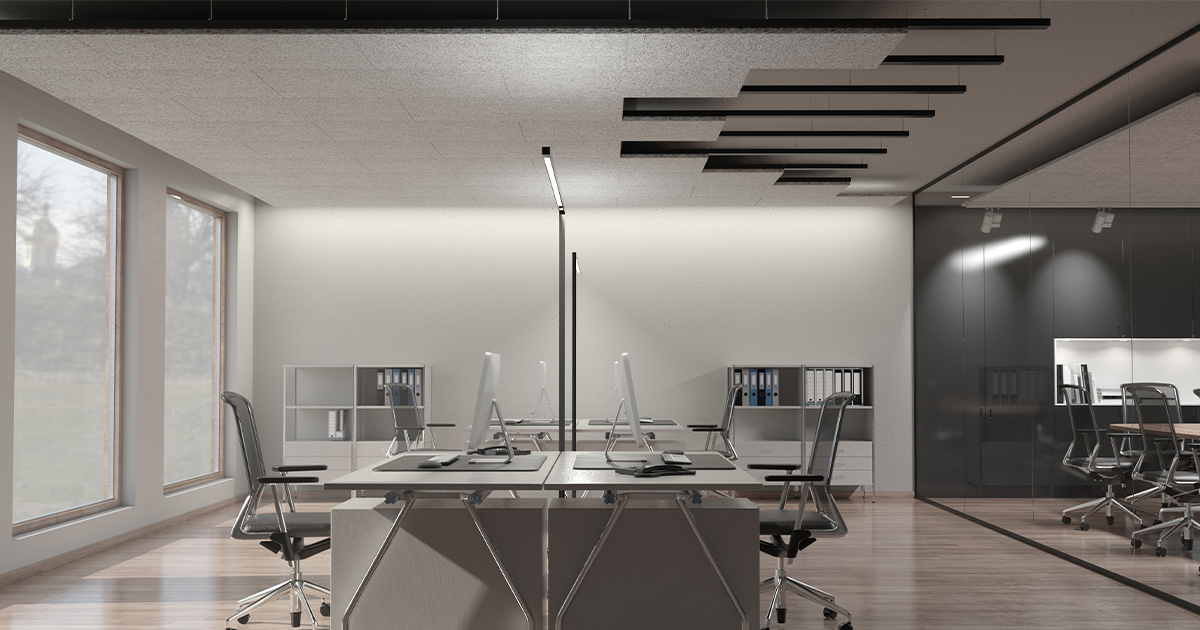
5. See it to beLEAF it
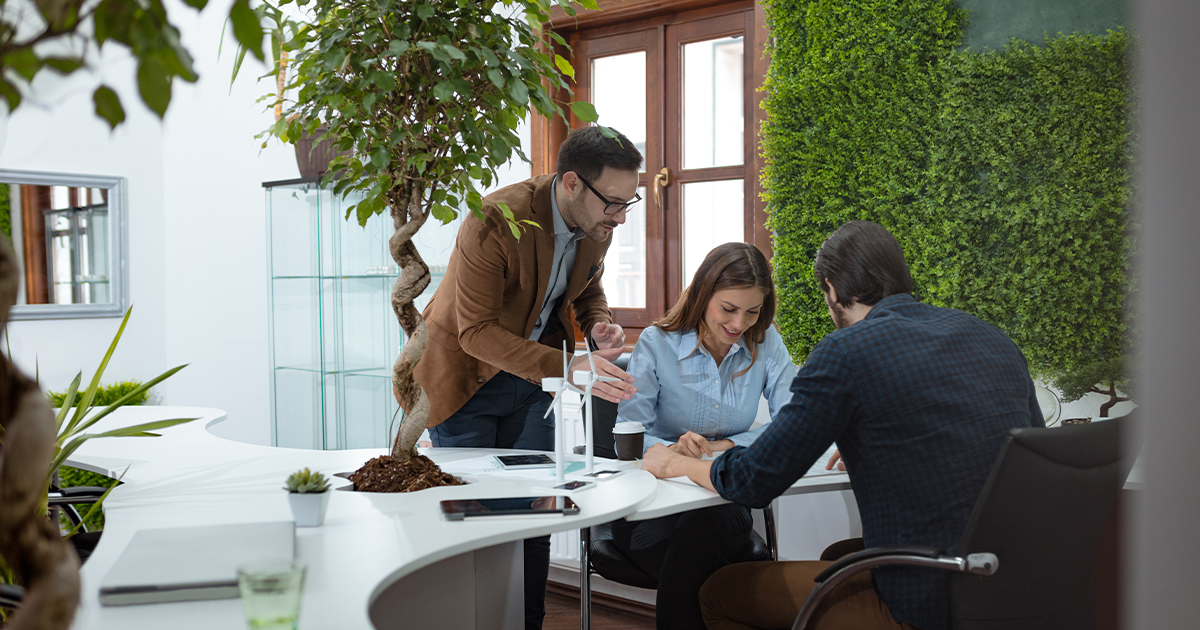
Plants in an office have probably never gone out of style, but the prominence placed on bringing the outdoors indoors is a big trend in 2023. Throughout the year, expect to hear the term “biophilic design” a lot. This concept refers to mimicking and integrating nature, and reaping all the health and motivation benefits that come with it.
In practical terms, it means we'll be seeing more than just a couple potted plants in offices as flowerboxes, suspended macrame planters and even entire green walls take over workplaces to add warmth and life to what can all too often be the cold and institutional office tone.
6. Graphical education
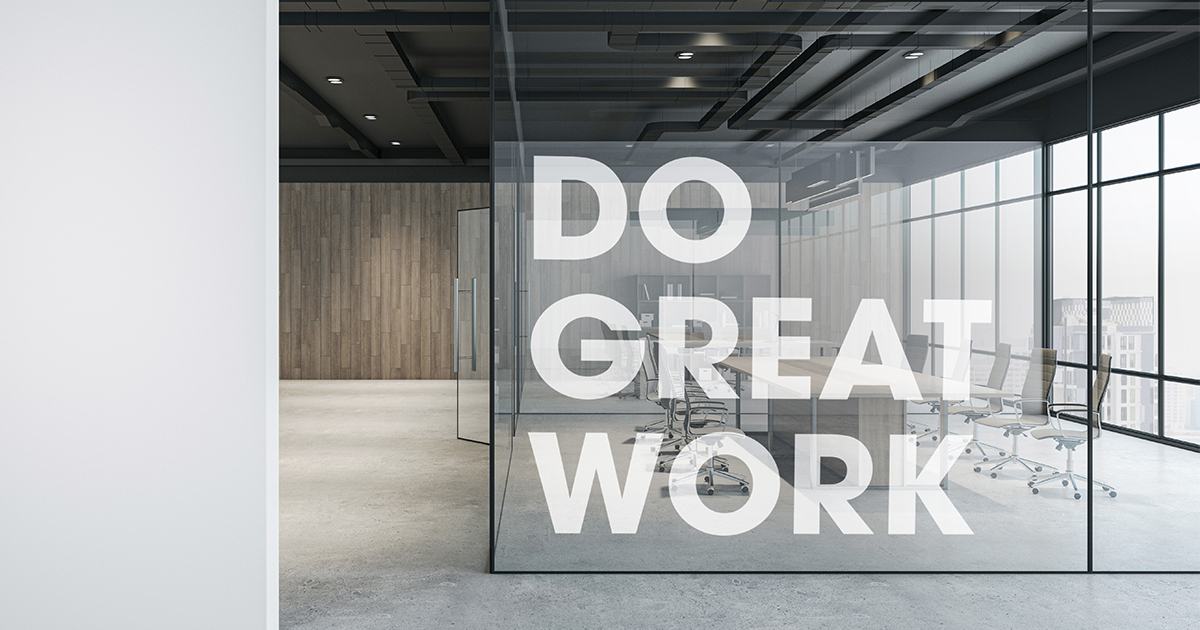
It wasn’t so long ago that office walls everywhere were being covered with dry-erase, white-board paint. In theory, it’s a great idea to inspire collaboration anywhere at any time. In practice, though, it too often leads to employees being surrounded by empty white spaces, more aligned with uninviting institutions than welcoming workplaces.
Large, customized graphics on office walls and meeting room glass have become a popular change to this earlier trend. These are crisp and cool graphics that can reinforce organizational values through corporate branding or inspire a sense of community with local or regional skylines. Even inspirational quotes in hand-crafted fonts can be a nice, positive addition to the daily lives of workers.
For designers wanting to show clients what graphics could look like on their walls, check out how 2020 Visual Impression can help you make a presentation that will close the deal.
7. Natural selection
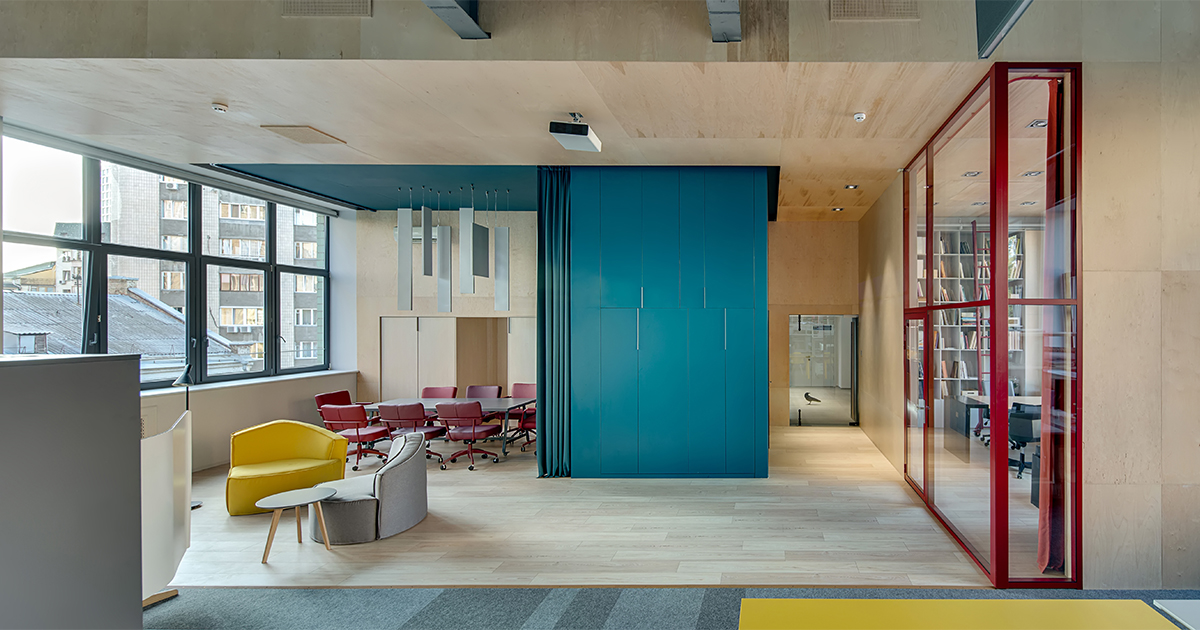
One trend that’s carried over from pre-pandemic times and has seen a resurgence in home design as well is the use of natural colors. Gone are the days when offices were slathered in grey paint floor to ceiling, called modern and then opened up to workers. Today, offices are expected to look modern, but also have life to their appearance.
This will be achieved this year by using natural colors like sandstone pink, light green or earthier shades like beige or light brown. It’s also not uncommon to see a splash of blue or cobalt, if not as an accent wall, then with furnishings or even office cabinetry.
8. "What brings you to the office: business or leisure?”
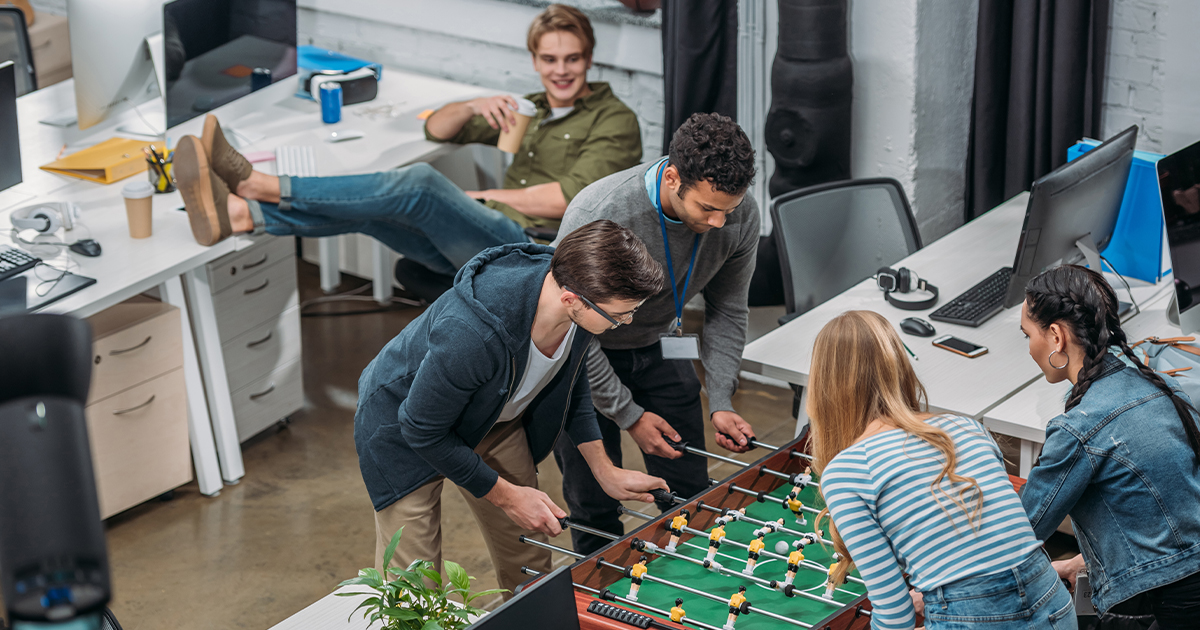
Too much space may seem, at first, like a good problem to have. However, designers are being asked more and more often to remodel commercial office spaces that are adapting to increased remote and hybrid workers. It can be easy to run out of ideas if every client is complaining about having 100 desk spaces when no more than 20 people are ever in the office at a given time.
One trend we’re seeing this year is to devote that extra space to leisure through remodeled fitness centers, yoga studios, game rooms, dining halls and mediation areas. In addition to providing a beneficial use for the space, leisure areas help battle burnout and fatigue while contributing to happier feelings being associated with coming into work. It may not completely eradicate the “Sunday sads” but amenities like this can make showing up to work on Monday morning a little more pleasant than it’s traditionally been.
9. Woodworking
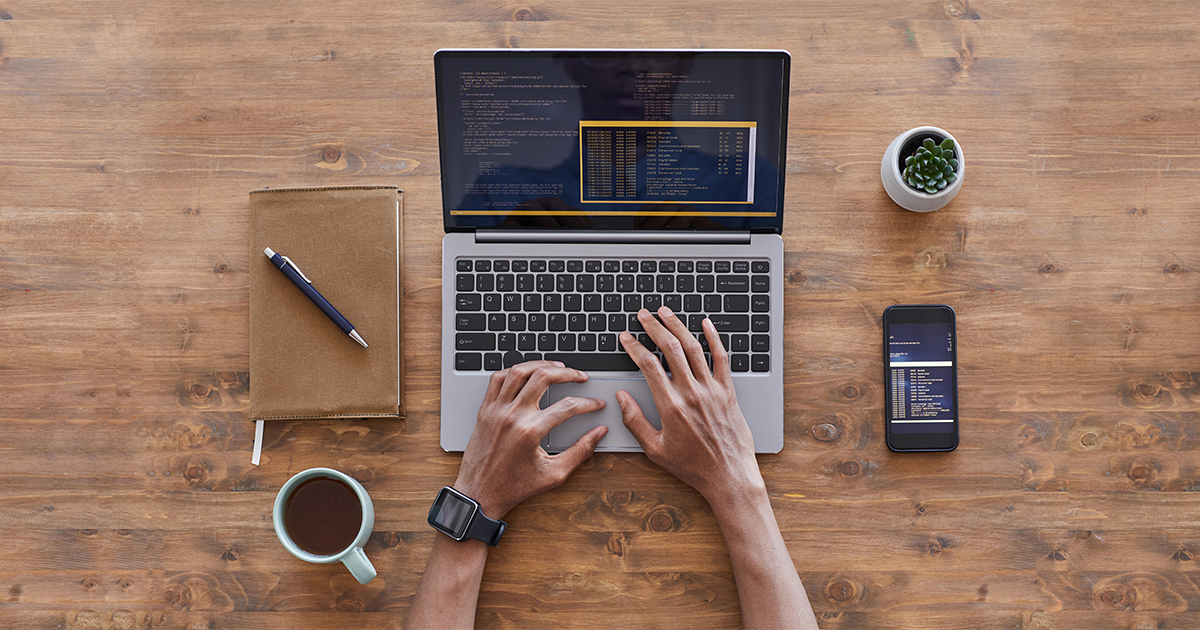
Another similarity we’re seeing between home and office design is the use of wood. Not only does the material contrast well with computers, keyboards, monitors and other work tools, wood also has a way of making any space feel softer, warmer and homier. Think: wood-stained desktops, hardwood flooring, wooden-based furniture and even decorative elements on walls.
In addition to contrasting well with computer equipment, wood looks amazing when paired with metal and concrete, allowing mixed materials to provide a little bit of originality in spaces that have been traditionally uniform in appearance and feel.
10. A work of smart
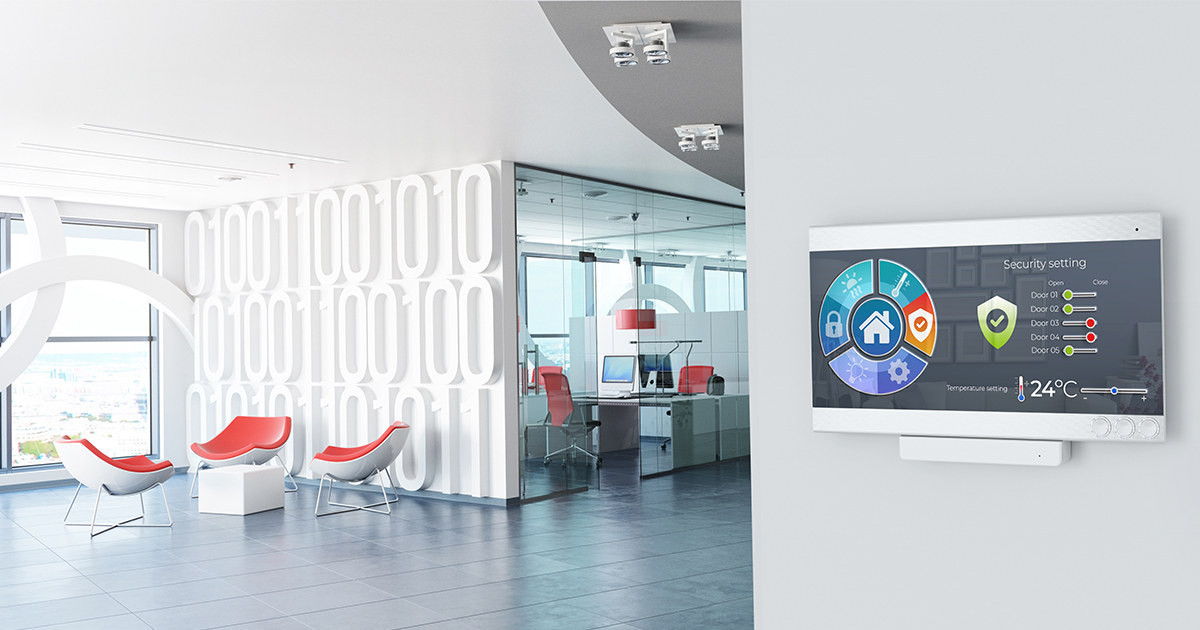
Technology may play a significant role in allowing people to work remotely, but that doesn’t mean designers should shy away from incorporating tech into workplace design.
The “smart office” concept is one that brings technology, data and office design together to maximize workplace efficiency, security and general comfort. We touched on the importance of sustainability this year, and this ties in with that through heating/cooling and lighting systems that are connected to layouts and capable of collecting data to determine occupancy rate. Another example available right now is a system that connects sensors, security cameras and access points to increase security.
For business owners, running a “smart office” translates to lower energy costs and an excellent reputation-builder for being on the cutting edge. For employees, their workplace is at once a more comfortable, safer environment in which to work.
Share this Post

